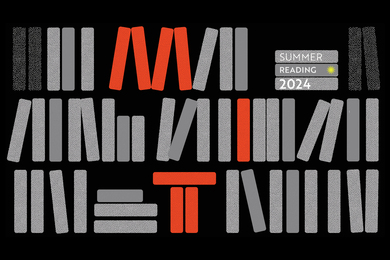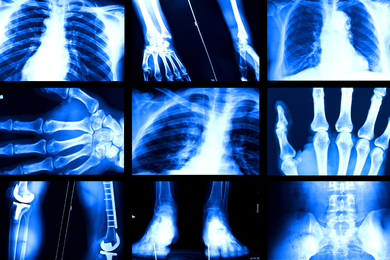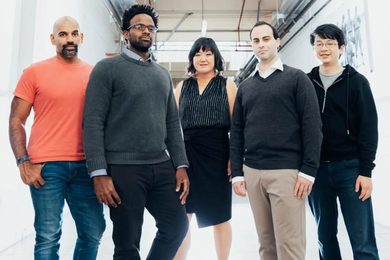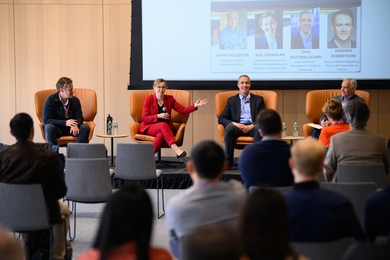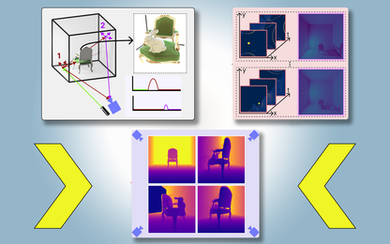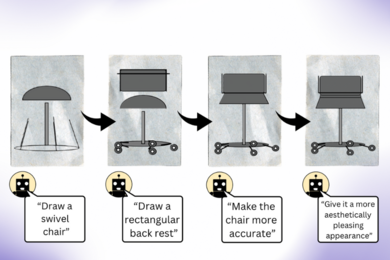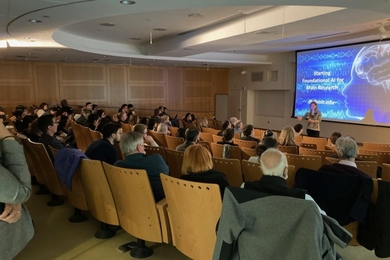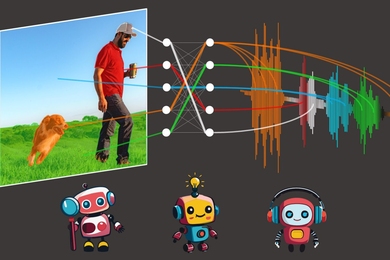Search Stories
Study reveals why AI models that analyze medical images can be biased
These models, which can predict a patient’s race, gender, and age, seem to use those traits as shortcuts when making medical diagnoses.
Melissa Choi named director of MIT Lincoln Laboratory
With decades of experience working across the laboratory’s R&D areas, Choi brings a focus on collaboration, technical excellence, and unity.
Startup aims to transform the power grid with superconducting transmission lines
VEIR, founded by alumnus Tim Heidel, has developed technology that can move more power over long distances, with the same footprint as traditional lines.
Designing for outer space
With NASA planning permanent bases in space and on the moon, MIT students develop prototypes for habitats far from planet Earth.
Helping nonexperts build advanced generative AI models
MosaicML, co-founded by an MIT alumnus and a professor, made deep-learning models faster and more efficient. Its acquisition by Databricks broadened that mission.
3 Questions: Catherine D’Ignazio on data science and a quest for justice
In her new book, “Counting Feminicide,” D’Ignazio explores how activists have tabulated the epidemic of gender-based murder in Latin America.
MIT-Takeda Program wraps up with 16 publications, a patent, and nearly two dozen projects completed
The program focused on AI in health care, drawing on Takeda’s R&D experience in drug development and MIT’s deep expertise in AI.
Researchers leverage shadows to model 3D scenes, including objects blocked from view
This technique could lead to safer autonomous vehicles, more efficient AR/VR headsets, or faster warehouse robots.
Understanding the visual knowledge of language models
LLMs trained primarily on text can generate complex visual concepts through code with self-correction. Researchers used these illustrations to train an image-free computer vision system to recognize real photos.
A smarter way to streamline drug discovery
The SPARROW algorithm automatically identifies the best molecules to test as potential new medicines, given the vast number of factors affecting each choice.
Technique improves the reasoning capabilities of large language models
Combining natural language and programming, the method enables LLMs to solve numerical, analytical, and language-based tasks transparently.
Symposium highlights scale of mental health crisis and novel methods of diagnosis and treatment
Co-hosted by the McGovern Institute, MIT Open Learning, and others, the symposium stressed emerging technologies in advancing understanding of mental health and neurological conditions.
Researchers use large language models to help robots navigate
The method uses language-based inputs instead of costly visual data to direct a robot through a multistep navigation task.
New algorithm discovers language just by watching videos
DenseAV, developed at MIT, learns to parse and understand the meaning of language just by watching videos of people talking, with potential applications in multimedia search, language learning, and robotics.
